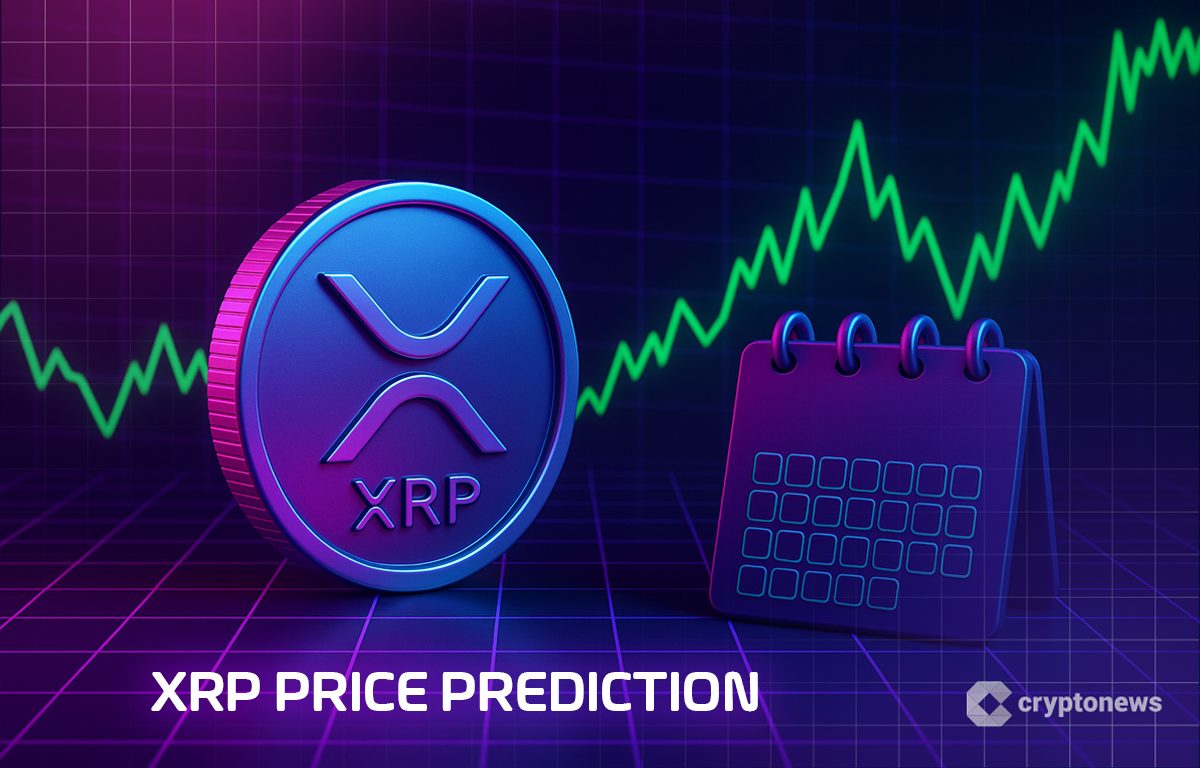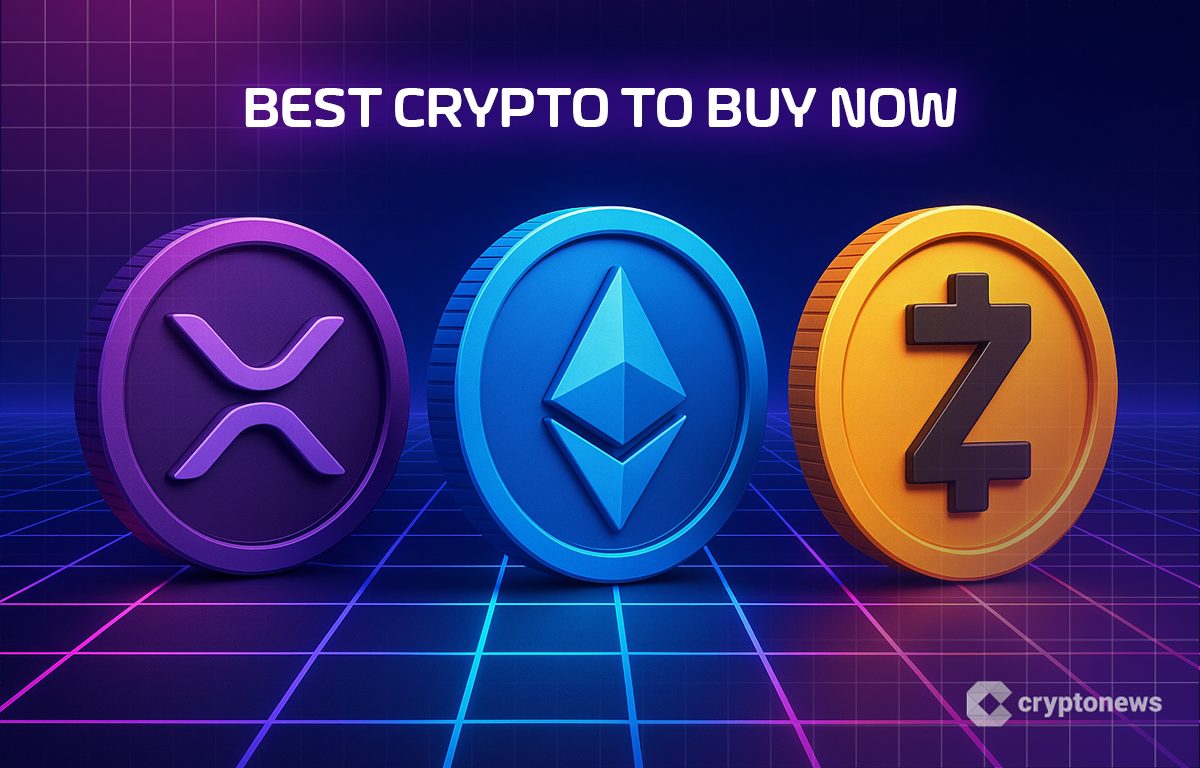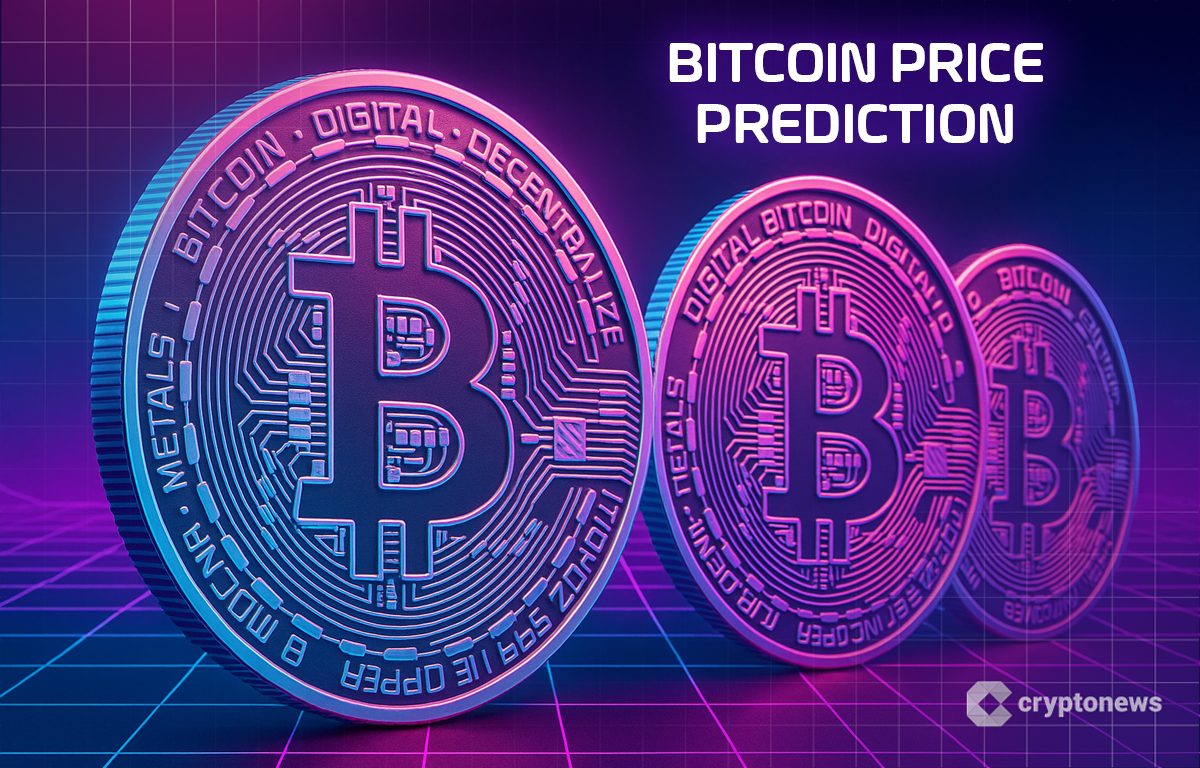The launch of Canary Capital’s spot XRP ETF has altered the market’s expectations for the entire XRP ecosystem. XRPC debuted with $59 million in first-day volume, making it the biggest ETF launch of the year and surpassing Bitwise’s BSOL debut. Within hours, analysts began reevaluating where the XRP market could realistically move over the next several years — and why $10 projections are no longer viewed as speculative fantasy. This shift doesn’t just affect XRP itself. For emerging ecosystems built directly on or aligned with XRPL architecture, such as XRP Tundra, the implications are broader. A payments-focused blockchain attracting institutional capital at this rate changes how investors assess long-term value across the entire XRPL-linked landscape. ETF Demand Shows Institutions Are Now Treating XRP as a Payments Rail, Not a Speculative Token XRPC’s performance didn’t just exceed expectations — it reset them. Bloomberg ETF analyst Eric Balchunas noted that out of more than 900 ETF launches this year, none matched the opening demand for XRP. The volume even edged out Bitwise’s BSOL, a major benchmark for early digital-asset ETF adoption. This matters because institutional volume behaves differently from retail trading. Funds entering through an XRP ETF are participating in the network not for volatility swings but for its underlying payment-rail functionality. Canary Capital CIO McClurg emphasized this point clearly in an interview with Crypto Prime, arguing that XRP is fundamentally unlike Bitcoin or Ethereum. Rather than competing as a store of value or smart-contract platform, the XRP Ledger acts as a global settlement layer for fast, low-cost transactions. If the market begins valuing XRP the way traditional finance values settlement infrastructure — like SWIFT alternatives or cross-border payment networks — demand expands far beyond speculative cycles. That shift directly benefits secondary ecosystems built on XRPL reliability. Price Models Now Push XRP Into a Higher Long-Term Range McClurg rejected extreme community forecasts of $1,000 or higher, but he did emphasize that $10 is entirely achievable within three to four years. The logic is straightforward: XRP replacing even a fraction of global remittance volume — where workers currently pay 8%–15% in fees — radically increases utility-driven demand. The payments market is not theoretical; it is an existing multi-trillion-dollar sector with real cost inefficiencies. Near-instant transfers and low fees give the XRP Ledger a measurable advantage, especially in emerging markets. Reaching Bitcoin’s approximate $2 trillion market cap would place XRP near $35, a scenario requiring extensive adoption. But institutional ETF inflows now create a bridge toward sustained, utility-driven appreciation — something the market lacked until this week. For XRPL-aligned ecosystems, this shift introduces a new pricing dynamic: projects no longer rely solely on speculative presale cycles but benefit from a network whose institutional adoption curve is strengthening in real time. XRP Tundra Gains Attention as Investors Look Toward XRPL Ecosystem The ETF launch has intensified interest in alternative XRPL-focused projects, especially those offering clear mechanics and cross-chain infrastructure. XRP Tundra fits that profile. It operates across the XRP Ledger and Solana, giving it access to XRPL’s payment settlement logic while leveraging Solana’s execution capabilities. For investors looking at ecosystems rather than individual tokens, this dual-chain design provides diversification without leaving the XRP framework. For those researching whether XRP Tundra is legit, they can check the following article. The project publishes its audits, KYC verification and contract transparency — a critical point for those tracking XRPL activity after the ETF launch. Investors are now evaluating the ecosystem with the same due-diligence standards applied to traditional financial assets. Structural Advantages: Why XRP Tundra Appeals to Post-ETF Capital Flows XRP Tundra’s dual-token model is increasingly relevant in the new institutional environment. TUNDRA-S (Solana) handles ecosystem utility and, upon Cryo Vault activation, yield generation. TUNDRA-X (XRPL) serves governance and reserve functions. This separation resembles the architecture institutions favor — utility segregated from oversight — rather than the single-token models that often suffer post-launch volatility. Presale participation also remains accessible, currently in Phase 11, where TUNDRA-S is $0.183 with a 9% bonus, and buyers receive TUNDRA-X for free at its $0.0915 reference value. With XRP’s long-term outlook strengthening, interest in secondary XRPL-backed ecosystems is rising accordingly. Institutional commentary around ecosystem expansion has appeared across analysis channels, including a recent breakdown by Crypto League. The coverage emphasized that projects offering traceable token roles and verifiable infrastructure tend to benefit most when major inflows arrive through ETF vehicles. Verification Standards Now Matter More Than Ever Institutional sentiment toward XRP has changed, but institutional requirements have not. Compliance, documentation and auditability remain central. XRP Tundra maintains a verification trail through: Cyberscope Solidproof FreshCoins Vital Block KYC As more institutional capital flows toward XRPL, projects with transparent architecture will be first in line for attention. The ETF launch significantly accelerates that process. With XRP now validated in a way the market has never seen before, forecasts that once sounded far-fetched are receiving fresh scrutiny. And for ecosystems aligned with the same technology, such as XRP Tundra, the environment has shifted dramatically in their favor. Interested investors can secure their Phase 11 allocation as XRP’s institutional demand sets a new baseline for XRPL-linked ecosystems. Check Tundra Now: official XRP Tundra website Security and Trust: FreshCoins audit Join the Community: Telegram Disclaimer: The above article is sponsored content; it’s written by a third party. CryptoPotato doesn’t endorse or assume responsibility for the content, advertising, products, quality, accuracy, or other materials on this page. Nothing in it should be construed as financial advice. Readers are strongly advised to verify the information independently and carefully before engaging with any company or project mentioned and to do their own research. Investing in cryptocurrencies carries a risk of capital loss, and readers are also advised to consult a professional before making any decisions that may or may not be based on the above-sponsored content. Readers are also advised to read CryptoPotato’s full disclaimer. The post Why XRP Tundra’s Price of $10 Suddenly Might Not Sound Crazy After This Week’s ETF Launch appeared first on CryptoPotato.

More Headlines

XRP Price Prediction: TradFi View Shows Investor Hesitation – Is XRP a Top-Four Asset No More?
CryptoNews.com

XRP Price Prediction: Why XRP Failed to Surge Past $2.50 – Time to Buy?
CryptoNews.com

Best Crypto to Buy Now 14 November – XRP, Ethereum, Zcash
CryptoNews.com
XRP ETF Launches In The US With $58M Volume: Hype Or Heavyweight?
99bitcoins

Bitcoin Price Prediction: BTC Liquidity Crisis Looms? Bianco Ties 2025 Performance to This Key Chart Metric
CryptoNews.com

Ethereum Price Prediction: ETH Dropped 7.3% This Week Following BTC’s Nose Dive – What Do the Whales Do?
CryptoNews.com
